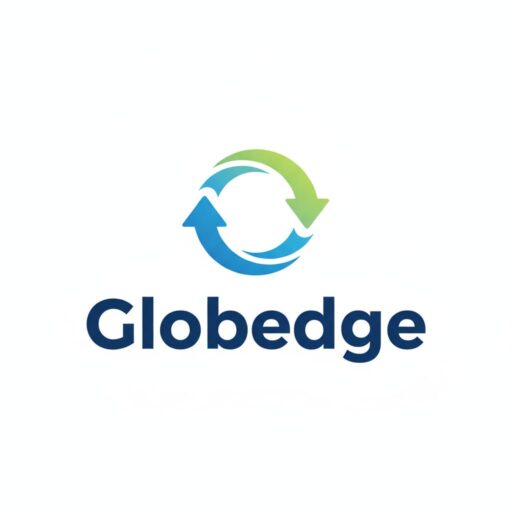In recent developments in the technology sector, two notable initiatives have drawn global attention for their efforts to responsibly integrate artificial intelligence (AI) into public services and education. These efforts signal a shift toward practical AI implementation, aiming to empower rather than replace human roles.
New Zealand’s AI Strategy
New Zealand has unveiled a national AI strategy that is already making headlines—not only for its content but for how it was created. According to tech journalist Peter Griffin, parts of the strategy were developed with the help of AI tools, symbolizing the country’s commitment to leveraging technology in government policymaking. The strategy focuses on advancing the safe and equitable adoption of AI across sectors, particularly in education, health, and infrastructure. It also aims to foster innovation while addressing challenges such as bias, transparency, and the displacement of jobs.
The New Zealand government emphasized public input, ethical considerations, and cross-sector collaboration as central components of the AI roadmap. The inclusion of AI in shaping policy sets a precedent for how nations can adopt forward-thinking approaches without compromising on human oversight and societal values.

AI Training for U.S. Educators
Across the Pacific, the United States is also embracing AI, particularly in the education sector. A new initiative led by a major teachers’ union has partnered with leading tech companies—Anthropic, Microsoft, and OpenAI—to launch a specialized AI-training academy for educators. The program, located in Manhattan, is designed to provide teachers with the tools and knowledge they need to integrate AI effectively into classrooms.
The academy aims to address growing concerns among educators and parents about AI’s potential to replace teachers or facilitate academic dishonesty, such as AI-written homework. Instead of sidelining teachers, the academy positions them as active participants in shaping AI’s role in education. Through hands-on training, teachers will learn how to use generative AI tools like OpenAI’s ChatGPT or Microsoft’s Copilot to assist with lesson planning, grading, personalized learning, and administrative tasks.
By involving educators directly in the AI transformation, the initiative is working to close the knowledge gap and ease anxieties around automation in schools. The goal is to ensure AI serves as a supportive tool, not a disruptive force, thereby fostering creativity and efficiency without compromising academic integrity.
A Global Shift Toward Responsible AI Use
These two developments—New Zealand’s AI strategy and the U.S. educator training initiative—highlight a global trend of adopting AI with careful planning and human-centered approaches. By incorporating transparency, ethics, and collaboration, governments and institutions are laying the groundwork for a future where AI enhances human capabilities rather than replacing them.

